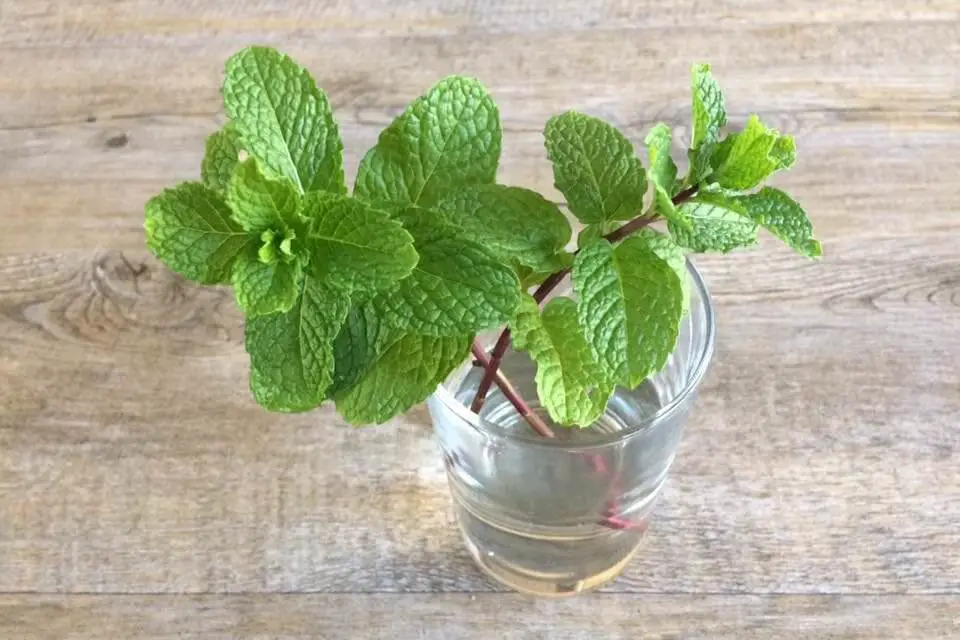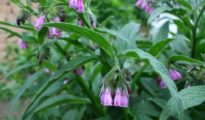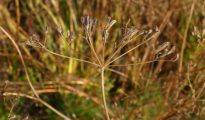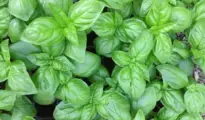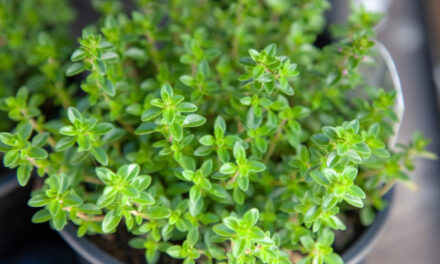Peppermint, with its invigorating aroma and delightful taste, is a versatile herb that can elevate the flavor of numerous culinary creations. Beyond its culinary uses, peppermint offers a host of medicinal benefits and has a reputation for its soothing properties. What's more, growing peppermint at home is a rewarding and straightforward endeavor that allows you to enjoy a fresh supply of this refreshing herb right at your fingertips. In this blog post, we'll explore the steps and considerations to successfully grow peppermint in your own garden.
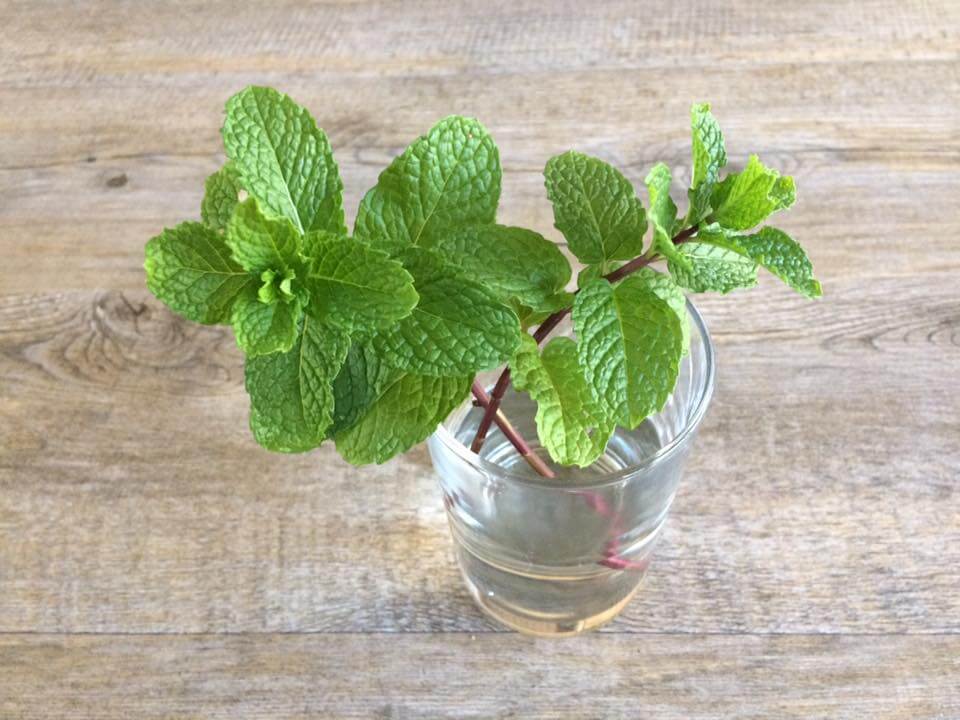
Choosing the Perfect Location:
Peppermint thrives in full or partial sunlight. Select a location in your garden that receives at least four to six hours of sunlight each day. Additionally, peppermint enjoys slightly moist soil, so ensure your chosen spot has good drainage. Avoid areas that are prone to waterlogging, as excessive moisture can lead to root rot.
Preparing the Soil:
Peppermint grows best in soil that is rich in organic matter. Before planting, loosen the soil using a garden fork or tiller to a depth of 8-12 inches. Incorporate compost or well-rotted manure into the soil to enhance its fertility and drainage. Aim for a slightly acidic to neutral pH level, ideally between 6.0 and 7.5.
Propagation:
Peppermint can be propagated through stem cuttings or transplants. If using cuttings, select healthy, mature stems and cut them to about 4-6 inches in length. Remove the lower leaves and place the cuttings in a glass of water to allow them to develop roots. Once the roots are well-established, transfer the cuttings to prepared soil, ensuring they are spaced at least 18-24 inches apart.
If using transplants, purchase healthy peppermint plants from a reputable nursery and transplant them into your prepared garden bed, ensuring they are spaced adequately.
Watering and Maintenance:
Peppermint plants require regular watering to maintain their moisture levels. Keep the soil consistently moist but not waterlogged. Monitor the soil moisture and adjust watering frequency accordingly, especially during hot and dry periods.
Regular weeding is crucial to prevent competing plants from stifling the growth of your peppermint. Apply a layer of organic mulch around the plants to suppress weeds and retain moisture in the soil.
Pruning and Harvesting:
Peppermint is a vigorous grower and tends to spread rapidly. To prevent it from overtaking other plants or invading unwanted areas, regular pruning is essential. Trim the plant back by one-third of its height in early spring or after flowering. This encourages bushier growth and ensures a healthier plant overall.
Once your peppermint plant has matured, you can begin harvesting its leaves. Harvesting can be done by snipping off individual leaves or by cutting back the entire stem. Allow the plant to grow back before the next harvest to ensure its continued health and productivity.
Pest and Disease Management:
Peppermint is known for its strong aroma, which naturally repels many pests. However, it's still important to be vigilant and take measures to protect your plants from potential threats. Common pests that may affect peppermint include aphids, spider mites, and mint flea beetles. Monitor your plants regularly and take immediate action if you spot any signs of infestation.
You can use organic pest control methods such as spraying a solution of water and neem oil or insecticidal soap on affected plants. Beneficial insects like ladybugs and lacewings can also help control pest populations. In case of severe infestations, consider removing and destroying heavily affected plants to prevent the spread of pests.
Overwintering:
Peppermint is a hardy perennial herb that can withstand cold temperatures, but it's important to protect it during harsh winters. In regions with extremely cold climates, consider mulching around the plants with straw or leaves to provide insulation and prevent frost damage. If you live in an area with severe winters, you can also dig up a portion of the plant and pot it indoors to ensure its survival until spring.
Culinary and Medicinal Uses:
Peppermint is renowned for its culinary versatility and medicinal properties. The leaves can be used fresh or dried to add a refreshing flavor to a wide range of dishes, including teas, desserts, salads, and cocktails. Infusing peppermint leaves in hot water creates a soothing and invigorating herbal tea that aids digestion and provides a calming effect.
Additionally, peppermint essential oil, extracted from the plant, is popularly used in aromatherapy for its refreshing scent and potential therapeutic benefits. It can be used topically for soothing headaches, relieving muscle aches, and clearing respiratory congestion. Remember to research appropriate dosages and consult with a healthcare professional before using peppermint medicinally.
Growing peppermint in your garden is a delightful and practical endeavor. By following the steps outlined above, you can cultivate a thriving peppermint plant that will provide you with an abundant supply of this versatile herb. From adding flavor to your culinary creations to enjoying its aromatic and therapeutic qualities, peppermint is a valuable addition to any garden. So roll up your sleeves, get your hands dirty, and experience the joy of nurturing this refreshing herb from seed to harvest. Happy growing and savor the rewards of your efforts!

